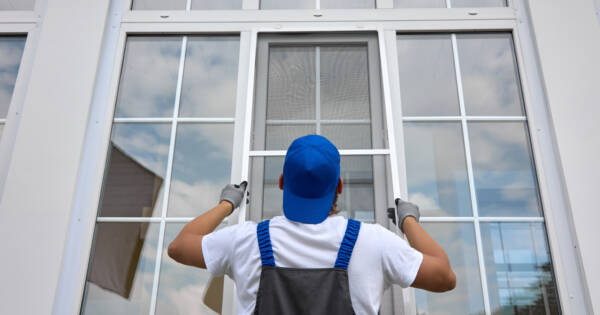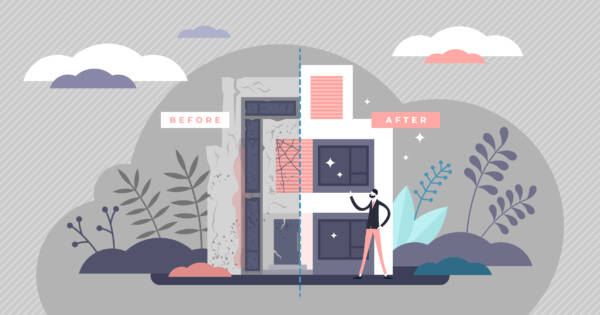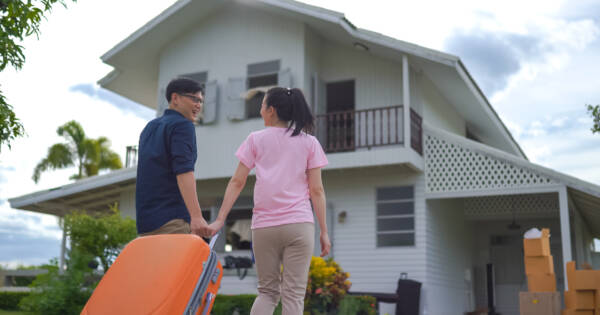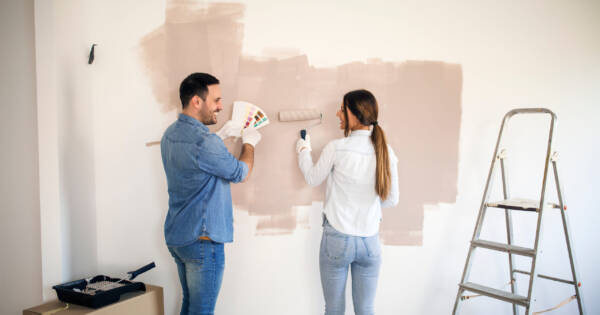- Swimming pools are a luxury for many homeowners, but they don’t come cheap (including annual maintenance).
- Some fixes are simple and relatively inexpensive, like replacing a pump or filter ($150 to $800).
- Neglecting your pool can lead to costly repairs down the road, include a complete resurfacing of the vinyl or tile ($2,500 to $10,000+)
If you own a swimming pool, you’re probably aware that there are common problems that will pop up with it every now and then. It’s one of the inevitable headaches that comes with the luxury of having a place to cool off in your own backyard. A quick online search will show you the most common swimming pool issues and their estimated costs.
Here’s an overview of the most common swimming pool repairs to be aware of and what they’ll cost you to fix. Keep in mind that these prices are estimates. When your problem comes up, the price may vary depending on what the actual issue is or how long it takes to fix. As always, compare prices in your area by performing an online search beforehand.
1. Checking Pumps
Most pool pumps fail at some point during their life. Even if you’re buying a pump that’s rated for 50 years of use, it will still eventually die. You will probably get away with using it for a decade or more, though.
Luckily, replacement pumps are relatively inexpensive. On average, you can replace your pump for about $150 to $800. The price depends on what kind of pool pump you have and whether or not it includes any additional pieces. You may need to pay additional labor costs, if you’re not confident you can replace the pump yourself after buying it.
You might only need to replace the pool pump motor, as opposed to the entire unit. This repair is a bit cheaper, costing around $50 to $250.
2. Checking Skimmers
A quick, easy way to check your skimmer baskets is to just look at them and see if they’re overflowing with debris. Each type of skimmer basket has a normal level that it should be holding water, so taking a peek can tell you if you have an issue or not.
It’s a good idea to clean out your skimmers once every few weeks during pool season. Leaves and other debris can get stuck in there and eventually clog up your system. This is literally a zero cost task that every pool owner should perform regularly. Keeping your pool clean and in good shape will prevent more expensive bills down the road.
3. Replacing Filters
This is one of those pool repairs that doesn’t come up very often, but it’s essential if you want to keep your water clean and clear. The average cost for a replacement filter is about $400, but that’s only for the filter itself. Installation will cost you more, if you hire a professional.
If you buy a new filter every year, the costs add up quickly. If your pool is older than five years or has been neglected in recent years, consider replacing all filters at once; otherwise, replace them as needed.
4. Fixing Lighting Fixtures
Improper lighting can ruin a great poolside experience. It’s important to test your lights frequently and replace them if they’re malfunctioning or underperforming. Depending on your needs, there are several different types of fixtures that you can choose from when purchasing new ones: light emitting diodes (LEDs), halogen, fluorescent, and incandescent bulbs all have their pros and cons.
If you’re looking for something energy efficient, then LEDs are likely your best bet. But if you want something that will last longer than other options, then halogens may be better suited for your poolside area. Fluorescent bulbs are also a good option because they produce less heat than other options and don’t require as much maintenance over time.
You’ll want to make sure that any lights inside your pool are also maintained regularly. Be sure to check these whenever the pool is empty, as it’s much easier without water in the way.
5. Cleaning Steps & Ladders
The ladder or steps of your pool should be regularly inspected for safety. Check any rails or woodwork for splinters, cracks, or loose bolts. If the ladder is aluminum, check to make sure there are no dents or rusting. Use a wire brush and soap to clean your pool ladder if you find that it’s gotten dirty—don’t forget to include the rungs on your inspection of the structure! If needed, a new pool ladder can cost you a couple hundred bucks.
Next, get down into your pool and inspect its walls. Look at them from all angles, checking for water level as well as any algae growth or other discoloration. If the surface of your pool (vinyl or tile) needs to be replaced entirely, you’re looking at thousands of dollars. It’s better to not let your pool get into such a sorry state, with regular preventative maintenance.
6. Heating Pools in Cooler Months
If you’re planning to heat your pool in fall or winter, it’s a good idea to invest in a cover pump that keeps water moving and prevents pool damage. Most swimming pool heaters cost anywhere from $1,500 to $3,000. However, depending on where you live and how much energy costs there, it may be more economical for you to use solar covers for your pool instead of turning on your heater.
Solar pool covers can help keep your pool warm even when temperatures dip below freezing some nights. The average price of a solar pool cover is around $200, but they can vary greatly based on size and quality.
7. Adding Chemicals
Chemicals are essential to pool care. If you add too many, your water could get cloudy or out of balance; if you don’t add enough, your pool could turn green and smell foul. Adding chemicals to your pool on a regular basis is an important part of taking care of it. It’s also one of those pool-maintenance tasks that can be pretty confusing. If you don’t know what kind of chemicals to use in what quantities, it can be hard to tell whether you have everything just right. Fortunately, there are some simple guidelines for how much chemical solution to add.
For example, when adding chlorine tablets to your pool, start with one tablet per 10 gallons of water. Then wait at least 24 hours before adding more. For liquid chlorine products like shock or algaecide, follow package instructions. Pool pH should be tested once a week with test strips available at any pool store. Adjust as needed by adding muriatic acid or sodium bicarbonate until you reach 7.2–7.6 pH range.
The Bottom Line
The cost of the fixes depends greatly on what exactly is wrong with your pool. For example, if it’s simply dirt or algae that’s clogging the filter, you might be able to clean it yourself. This is a job that requires knowing how to work basic tools, but it will only set you back about $20 in supplies. If your pool pump breaks down, however, you’ll need to hire an expert in order to get everything up and running again. Pool repairs can add up quickly, so it’s important to stay on top of them. Taking care of small problems now can save you big bucks down the road.
 Shutterstock
Shutterstock







